Geothermal Heating Installation Timing
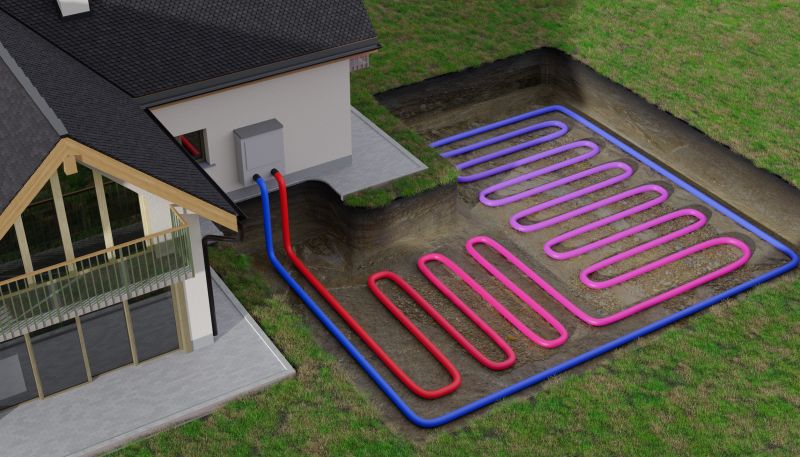
Spring offers moderate weather conditions, making installation more manageable and efficient.

Summer allows for flexible scheduling and quick completion before peak demand seasons.
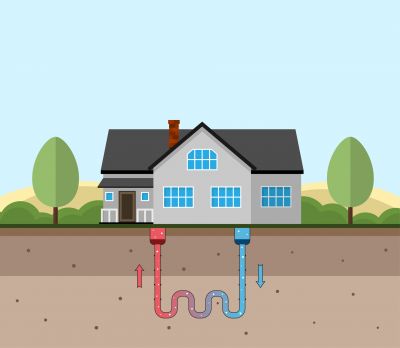
Fall provides cooler temperatures that facilitate installation without extreme weather disruptions.

Ways to make Geothermal Heating Installations work in tight or awkward layouts.

Popular materials for Geothermal Heating Installations and why they hold up over time.

Simple add-ons that improve Geothermal Heating Installations without blowing the budget.
Geothermal heating installations involve embedding underground loops that transfer heat from the earth to a building’s heating system. This method leverages the stable temperature of the ground, which remains relatively constant throughout the year, making it an efficient and reliable heating option. The installation process typically includes drilling or trenching to lay loop systems, which can vary in complexity based on property size and soil conditions. Proper timing of installation can reduce disruptions and improve system performance.
Statistics indicate that geothermal systems can reduce heating costs by up to 70 percent compared to conventional systems. Installation costs vary but tend to be offset by long-term energy savings. The best time to install often depends on weather conditions, soil moisture levels, and contractor availability. Installing during milder seasons minimizes weather-related delays and allows for optimal system setup, ensuring efficiency from the outset.
Spring installation benefits include manageable weather and less competition for contractor schedules.
Summer offers longer daylight hours and typically better ground conditions for drilling.
Fall provides cooler temperatures that facilitate installation without extreme weather challenges.
Heavy rain or snow can delay installation; mild, dry conditions are preferred.
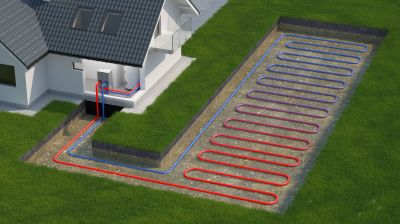
Underground loops transfer heat from earth to the heating system.
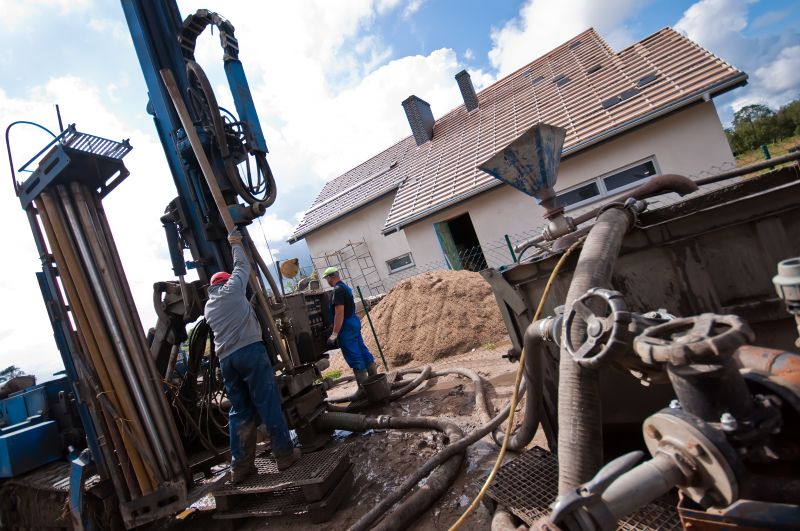
Specialized drilling equipment is used to install the underground loops.
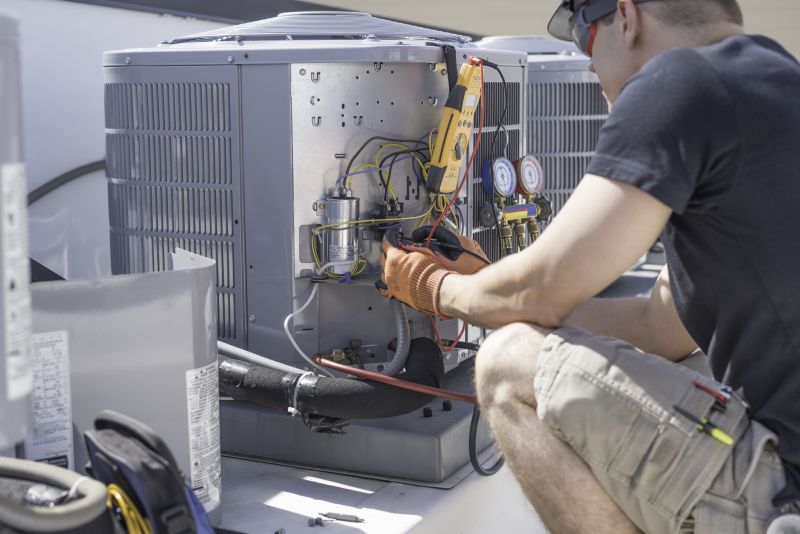
Experienced technicians ensure proper placement and connection of geothermal systems.

Soil type and moisture levels affect installation methods and timing.

Optimal for quick installation with minimal weather disruptions.

Preparation during spring ensures smooth installation process.
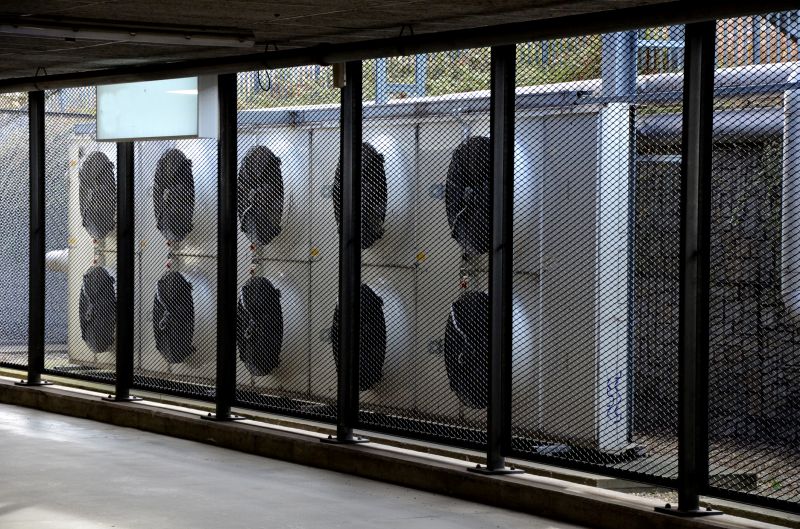
Preparing during fall can lead to efficient system commissioning.
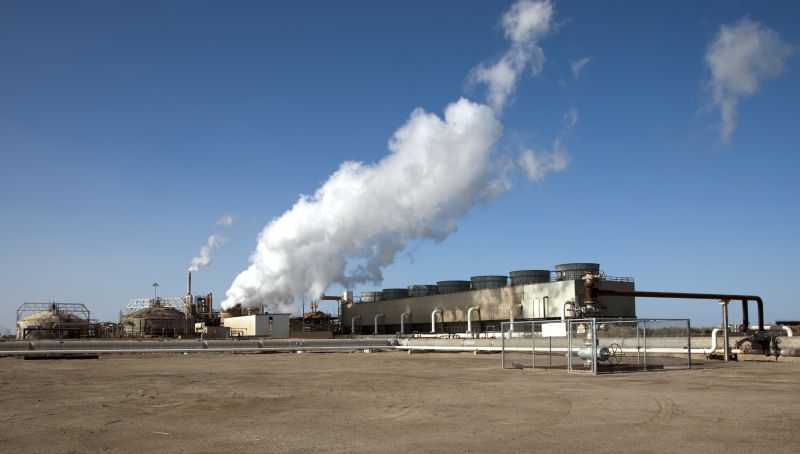
Final installed system ready for operation, offering long-term savings.
| Season | Advantages |
|---|---|
| Spring | Moderate weather conditions, less contractor competition, optimal soil conditions. |
| Summer | Longer daylight hours, faster installation, good ground conditions. |
| Fall | Cooler temperatures, less weather-related delays, good soil moisture. |
| Winter | Potential delays due to snow and cold, less ideal for installation. |
Choosing the right time for geothermal heating installation can lead to smoother project execution and better system performance. Proper planning ensures that installation occurs during periods of favorable weather and soil conditions, reducing delays and costs. Consulting with experienced contractors can provide insights into the best timing based on local climate and site specifics.
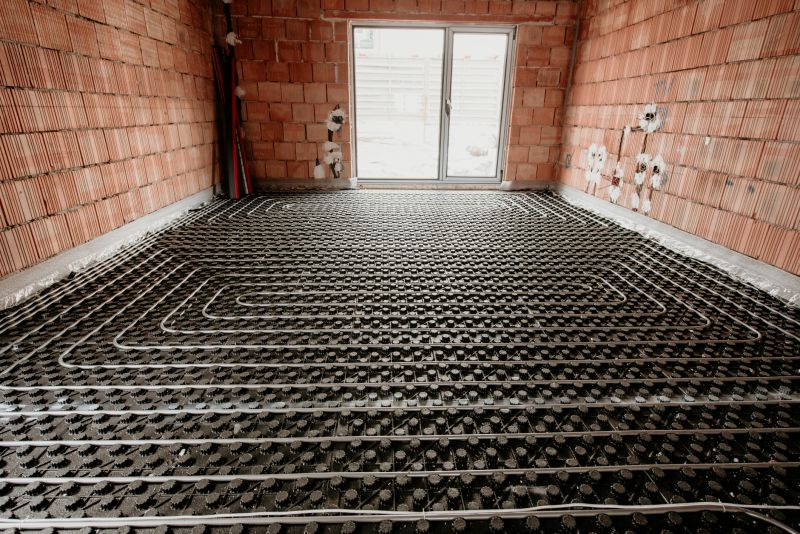
Loops are buried underground to transfer heat efficiently.
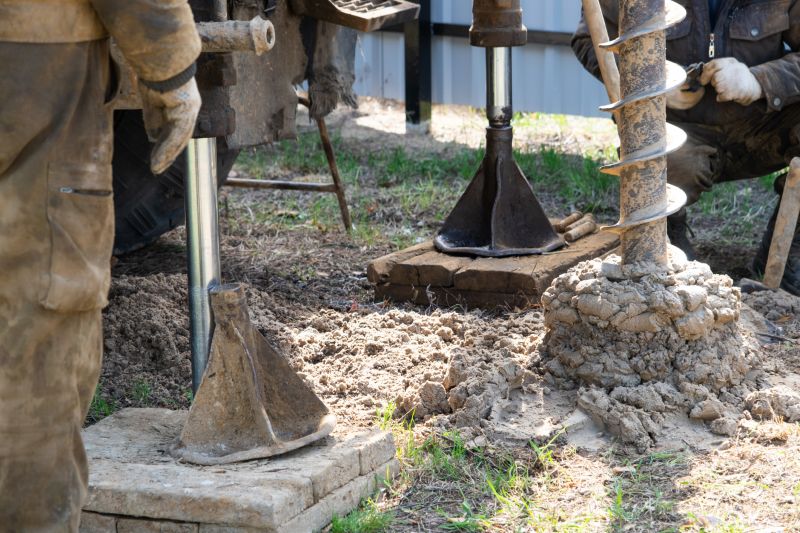
Specialized equipment ensures precise installation of geothermal loops.
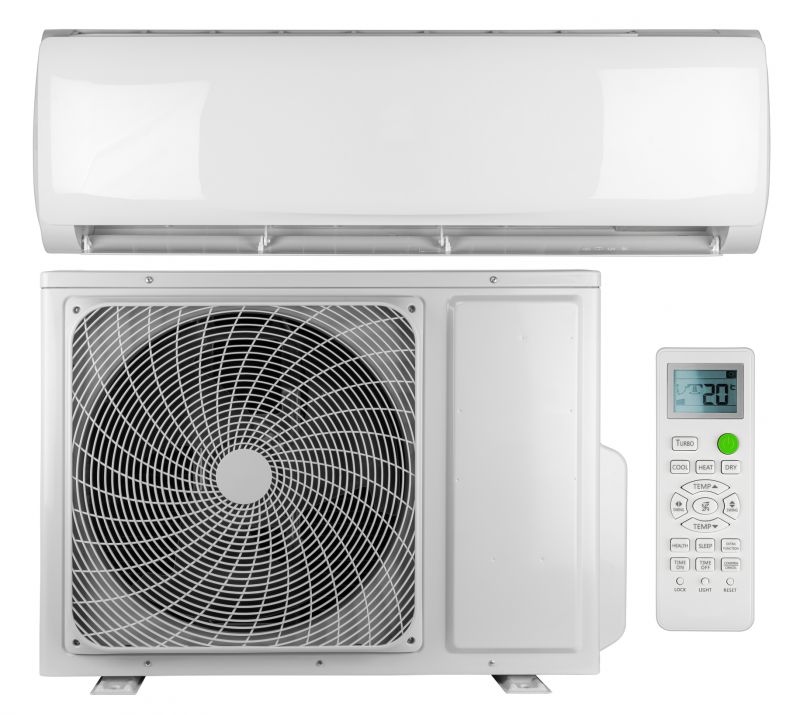
Ready for operation, providing reliable heating.
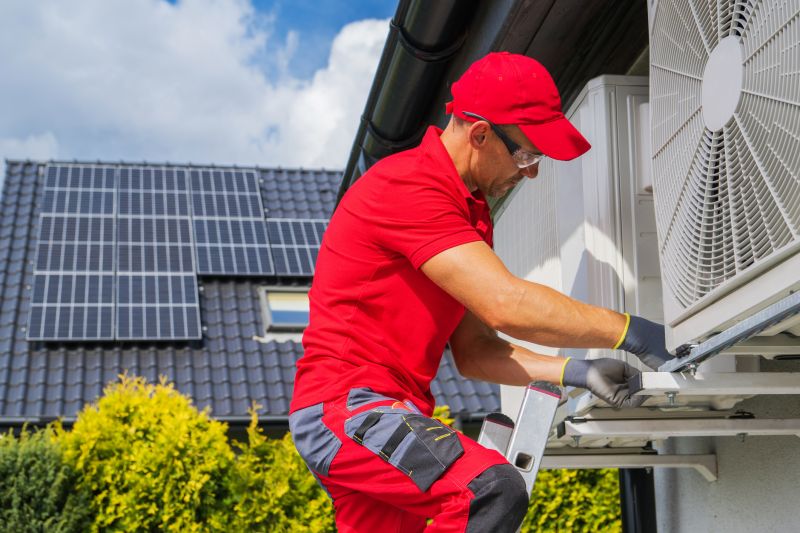
Includes loops, heat pump, and distribution system.
Interested in geothermal heating installations? Filling out the contact form can provide more information and help determine the best timing for a specific property. Proper scheduling and expert installation are key to maximizing system efficiency and long-term savings.



